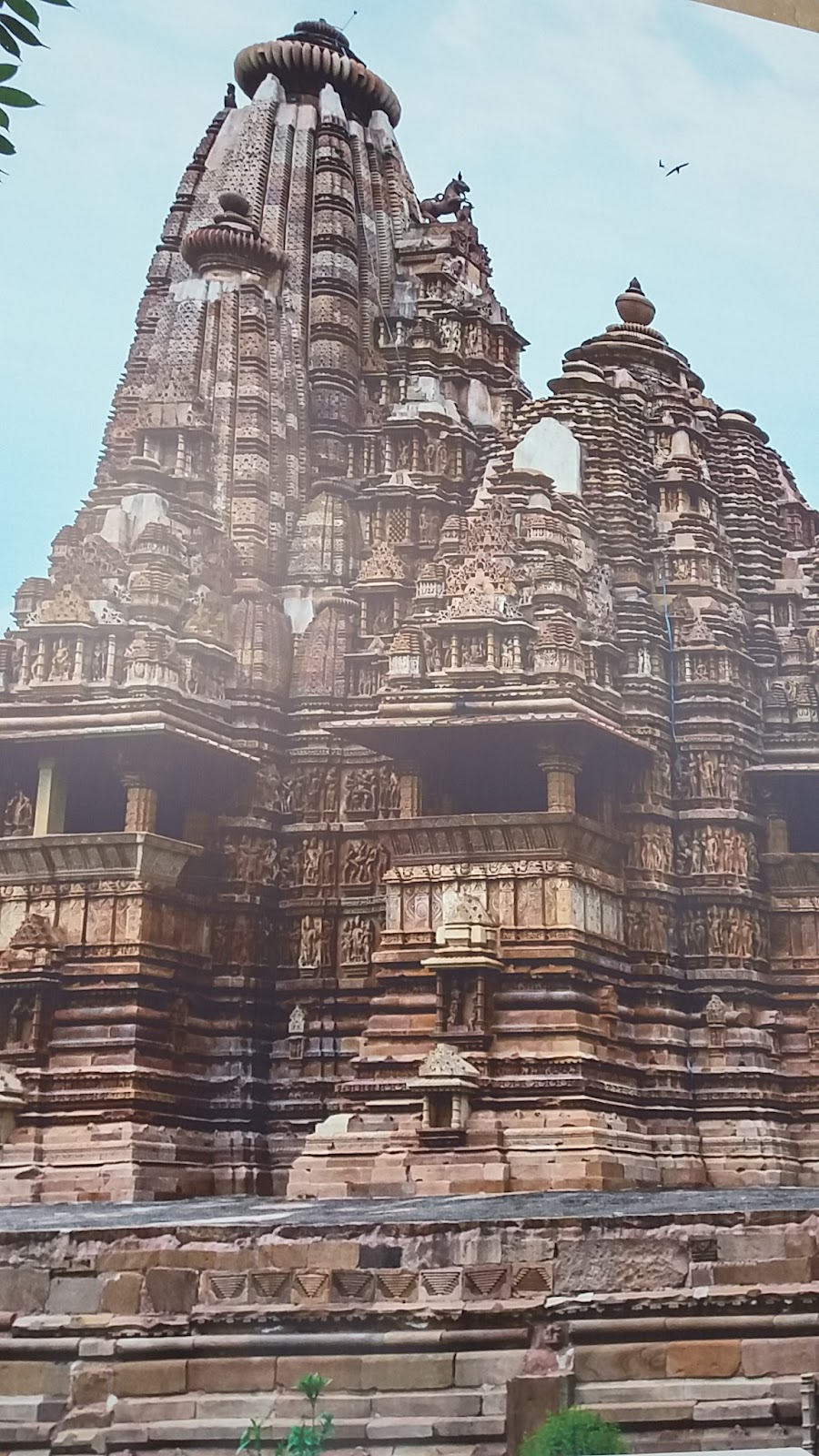Even after four years and more since the Supreme Court order was passed on the Ram temple of Ayodhya on Nov 9, 2019, many are questioning if the Babri Masjid is (was) recognised as something that ‘existed’ and whose destruction was wrong, a question should be asked – why was there no ruling in favour of the Muslims’ claims.
However, as an editorial comment goes in Urdu paper ‘Siasat’ (2019) – no one must be allowed to take political advantage.
It can be stated easily, for the BJP, the Ram temple is a moment of political triumph for its ideology of Hindu cultural nationalism. For many 'ordinary Hindus' -- the faceless people -- the shy middleclass, it will be a moment of simple pride – a temple being built for Lord Ram.
God Ram is of course the most revered god in the Hindu pantheon. The temple, according to Hindus and the view is endorsed by the Nov 9, Supreme Court verdict, has now come up at the spot where they believe Ram was born.
Ram is also respected and hailed as Maryada Purushottam.
Every Diwali, Hindus across the globe for generations celebrate the return of Lord Ram to Ayodhya as the victory of good over evil. In modern times, the festival of Light and cracker bursting have entered the western countries and the 'corridors' of power too.
However, it is also rue for Indian Muslims, the emotions are more ambivalent – lasting sorrow at the demolition of the mosque that once stood there, mixed with a kind of a "resigned acceptance", as went an article in 'The Guardian' in 2020.
True, the ‘Ayodhya Battle’ has changed the politics of India, but it should not be allowed to bring more transitions or miseries.
In 2024 as the stage is set for Jan 22nd Temple consecration, the occasion should be seen as a moment of rejoice and mutual communal harmony. Politics and especially the politics of hatred and communal disharmony ought to be discarded.
Of course, on this backdrop one would argue the Supreme Court order that way lends no scope to gain political mileage. One argument also goes that much to the credit of the five judges – as was also the case during 2010 Allahabad High Court verdict – the court has been sensitive to the feelings on both sides of the communal divide.
However, different opinions persist and more likely to do so given the gravity of the dispute. The demolition of the Masjid has been described by the Supre,e Court as an “egregious illegal act”, but the same court allowed construction of a new temple at the same site.
Hence does it mean Lord Ram’s followers had the right to demolish any ‘unauthorized structure’?
A review petition was filed in December 2019 by Jamiat Ulemma-i-Hind general secretary Maulana Syed Ashhad Rashidi.
It said the Nov 9, 2019 verdict had fourteen errors. The chief of them being the court granted ‘relief’ those who did not come to the court “with clean hands” and repeatedly flouted the orders of the Supreme Court itself.
The review petition filed on December 2, 2019 said the Hindus had erred in 1992, in 1949 and in 1934.
The explanation being – while Babri Masjid was brought down on Dec 6, 1992; on earlier occasions domes of the Masjid were damaged in 1934 and the place of worship of Muslims was ‘desecrated’ in 1949.
“The Supreme Court committed grave error by granting relief to a party who had not approached the court with clean hands and indulged in repeatedly flouting the orders of the Supreme Court,” the 217 page petition said.
The review petitions filed by four individuals with the backing of the All India Muslim Personal Law Board (AIMPLB) submitted that the title could not have been awarded to Hindu parties.
“Title could not have been given to Hindu parties on the basis of exclusive possession of entire site which never existed at any point in time with the Hindus since it is admitted that Muslims entered and prayed at the site till December, 1949 and later prevented from doing so because of the attachment while unfairly permitting Hindu worship following criminal trespass”, the petition stated.
-One of the review petitions said: “The judgment (of Nov 9, 2019) under review erred in allotting alternate land of 5 acres to the Sunni Waqf Board under Article 142 even though the same was not pleaded for.
-One plea said the November 9 verdict relies upon “patent errors and create rights based on illegal acts which is incorrigible in light of settled law”.
-Another petition by Maulana Syed Ashhad Rashidi, Uttar Pradesh president of the Jamiat Ulama-e-Hind, sought an interim stay on operation of the verdict in which it had directed the Centre that a trust be formed within three months for construction of the temple at the site.
- Notably on December 12, 2019, the Supreme Court rejected all review petition in connection with the Ayodhya verdict.
 |
| Khajuraho !! |
Supreme Court ruled that:
# On the balance of probabilities, there is clear evidence to indicate that the worship by the Hindus in the outer courtyard continued unimpeded in spite of the setting up of a grill-brick wall in 1857. Their possession of the outer courtyard stands established together with the incidents attaching to their control over it.
# As regards the inner courtyard, there is evidence on a preponderance of probabilities to establish worship by the Hindus prior to the annexation of Oudh by the British in 1857.
# The Muslims have offered no evidence to indicate that they were in exclusive possession of the inner structure prior to 1857 since the date of the construction in the sixteenth century
# The ouster of the Muslims on that occasion was not through any lawful authority .... The Muslims have been wrongly deprived of a mosque which had been constructed well over 450 years ago. We have already concluded that the three-way bifurcation by the High Court was legally unsustainable.
# Muslims were dispossessed upon the desecration of the mosque on 22/23 December 1949 which was ultimately destroyed on 6 December 1992. There was no abandonment of the mosque by the Muslims. This Court in the exercise of its powers under Article 142 of the Constitution must ensure that a wrong committed must be remedied.
Having weighed the nature of the relief which should be granted to the Muslims, we direct that land admeasuring 5 acres be allotted to the Sunni Central Waqf Board either by the Central Government out of the acquired land or by the Government of Uttar Pradesh within the city of Ayodhya.
# We are of the view that it would be necessary to direct the Central Government to frame a scheme in exercise of the powers conferred upon it by Sections 6 and 7 to set up a trust or any other appropriate mechanism to whom the land would be handed over in terms of the decree in Suit 5.
The scheme shall incorporate all provisions necessary to vest power and authority in relation to the management of the trust.
# We direct that in framing the scheme, an appropriate role in the management would be assigned to the Nirmohi Akhara.
# The Central Government shall, within a period of three months from the date of this judgment, formulate a scheme pursuant to the powers vested in it under Sections 6 and 7 of the Acquisition of Certain Area at Ayodhya Act 1993.
The scheme shall envisage the setting up of a trust with a Board of Trustees or any other appropriate body under Section 6.
The scheme to be framed by the Central Government shall make necessary provisions in regard to the functioning of the trust or body including on matters relating to the management of the trust, the powers of the trustees including the construction of a temple and all necessary, incidental and supplemental matters; (ii) Possession of the inner and outer courtyards shall be handed over to the Board of Trustees of the Trust or to the body so constituted.










No comments:
Post a Comment